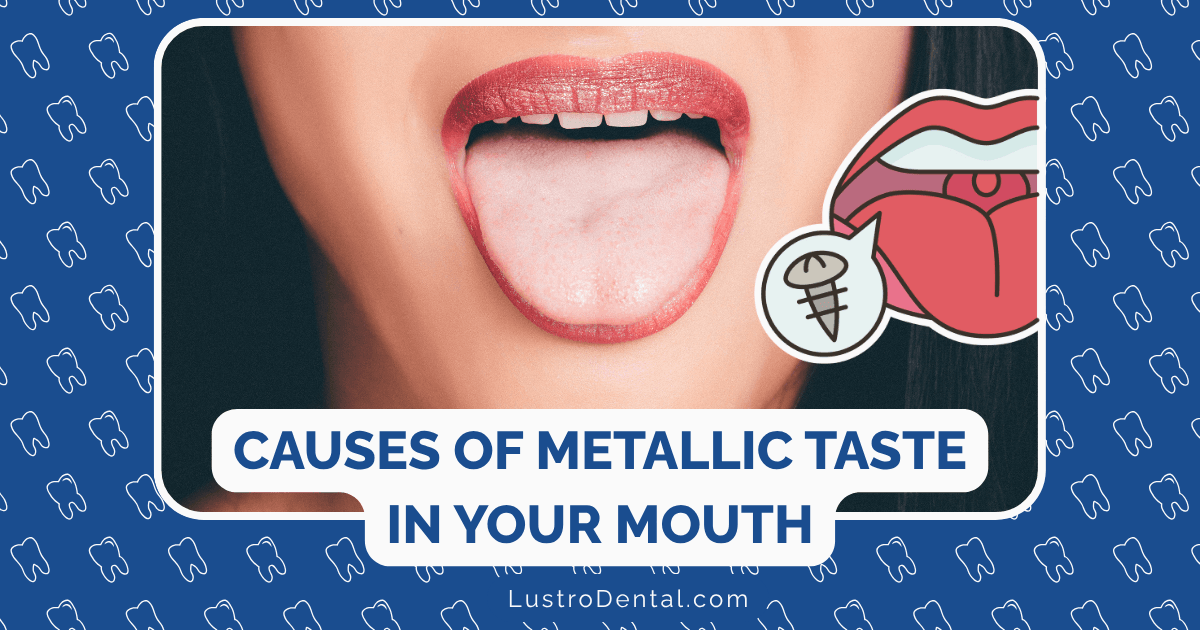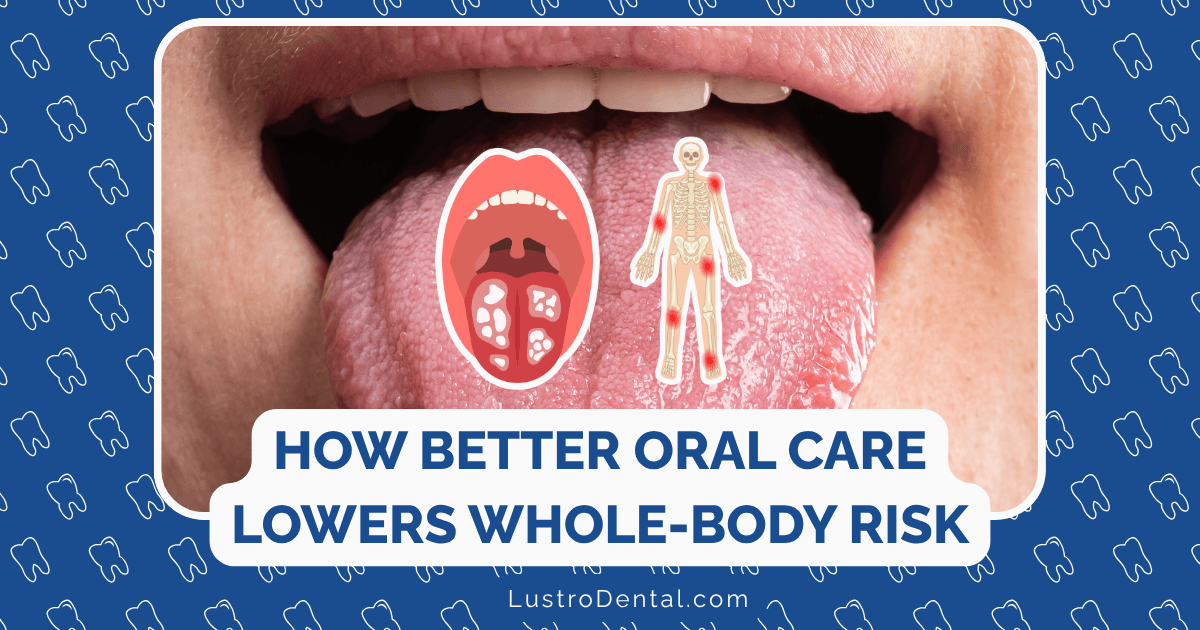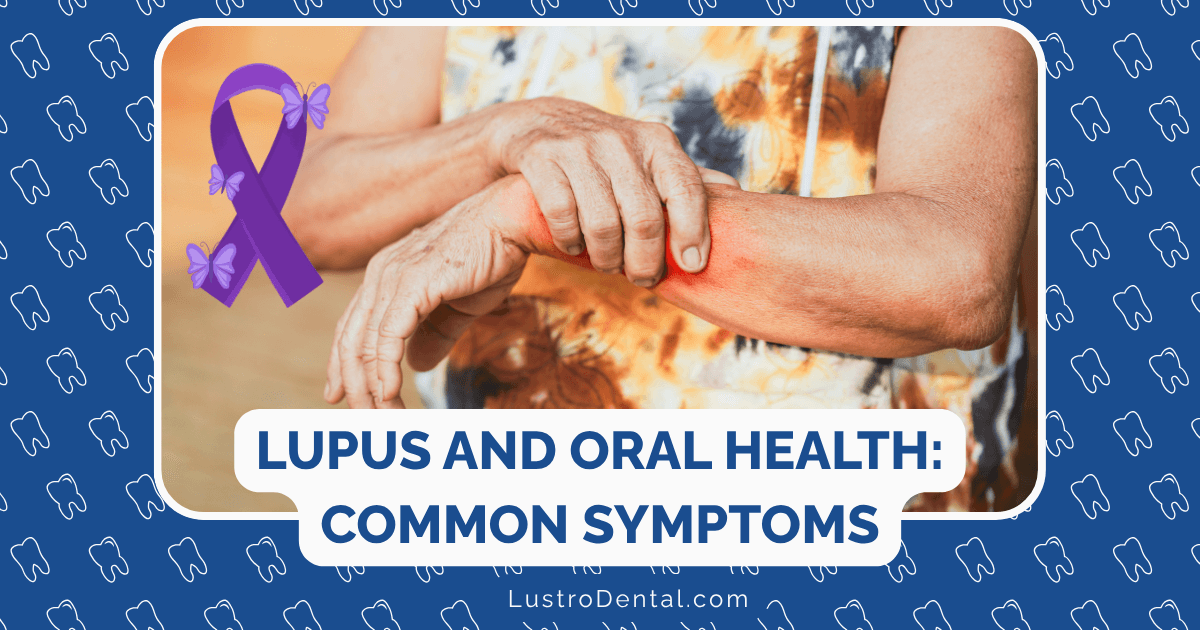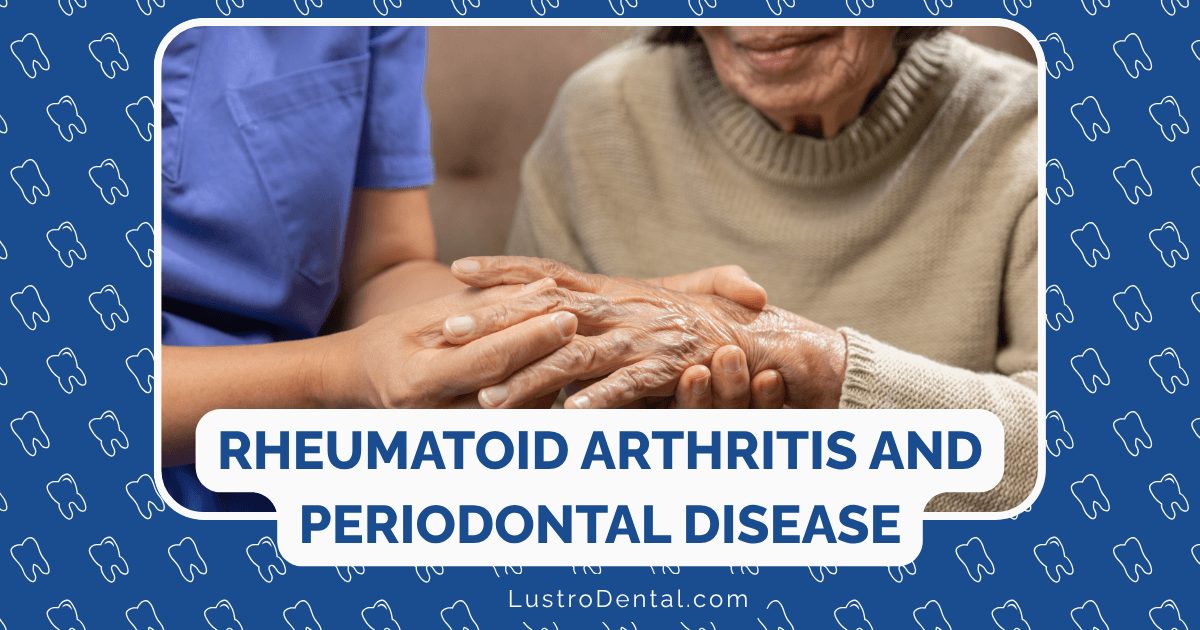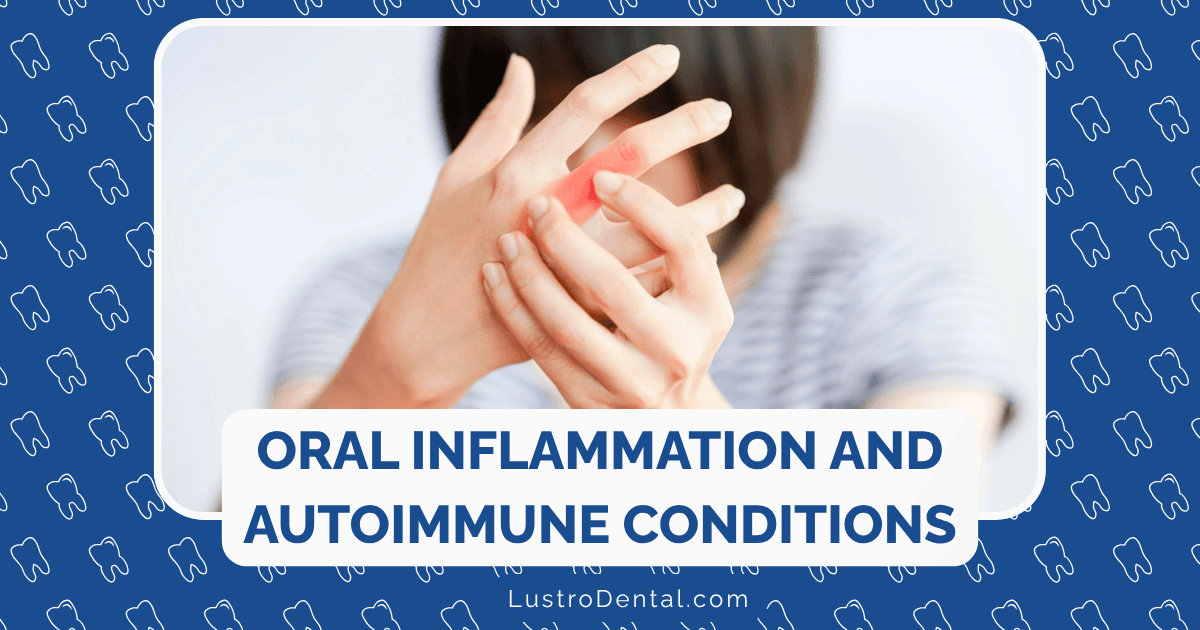Research Update: Latest Findings on Periodontal Disease and Heart Health
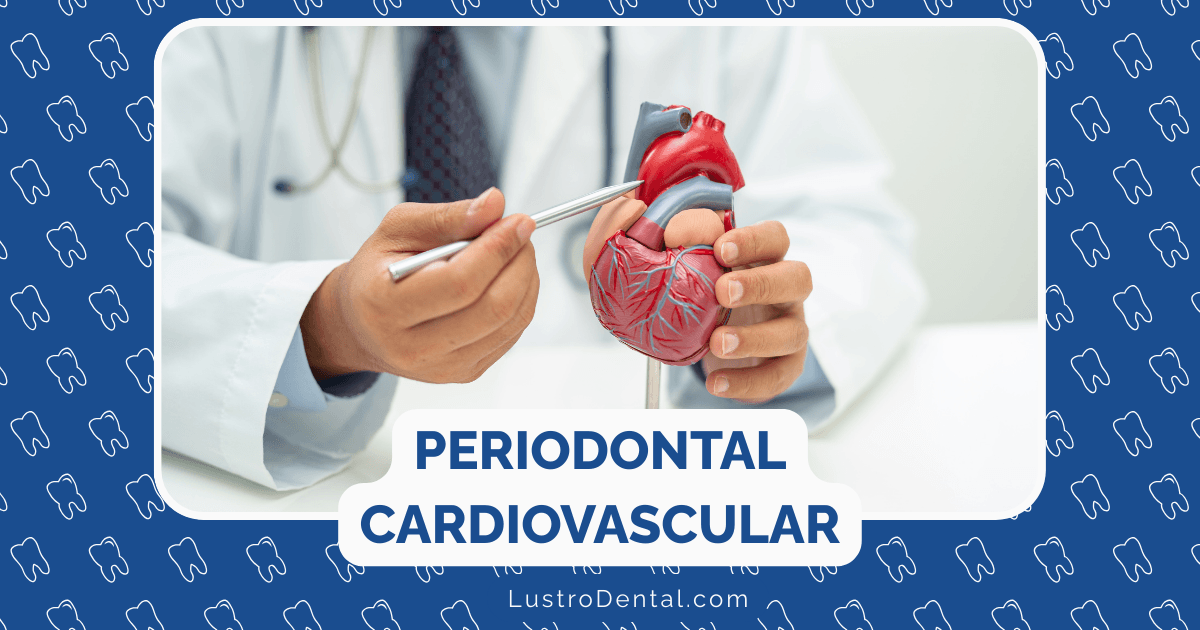
The relationship between oral health and cardiovascular disease has been a subject of increasing scientific interest over the past few decades. Recent research has significantly strengthened our understanding of how periodontal disease—a chronic inflammatory condition affecting the gums and supporting structures of the teeth—may impact heart health. This research update summarizes the latest scientific findings from 2025, exploring the mechanisms, clinical evidence, and potential therapeutic implications of this important connection.
Key Research Developments in 2025
The PAROKRANK Follow-Up Study: Long-Term Cardiovascular Outcomes
One of the most significant contributions to our understanding of the periodontal-cardiovascular connection comes from the recently published follow-up to the PAROKRANK study. This landmark research, published in the January 2025 issue of the Journal of Clinical Periodontology, provides compelling evidence of the long-term impact of periodontal disease on cardiovascular outcomes.
The study followed 1,587 participants for an average of 9.9 years, categorizing them as either periodontally healthy (985 participants) or having periodontitis (602 participants). The results were striking:
- Participants with periodontitis experienced significantly higher rates of composite cardiovascular events (29%) compared to those with healthy gums (19%)
- After adjusting for age, smoking, and diabetes, the hazard ratio for developing a cardiovascular event was 1.26 (95% CI: 1.01-1.57; p = 0.038) for those with periodontitis
- Mortality was higher in the periodontitis group, with 63 deaths among 602 participants (10.5%) compared to 54 deaths among 985 periodontally healthy participants (5.5%)
According to lead researcher Dr. Anna Norhammar, “These findings provide robust evidence supporting a direct relationship between periodontal disease and cardiovascular disease over an extended period, reinforcing the importance of oral health as a modifiable risk factor for heart disease.”
Nationwide Cohort Study: Persistent Periodontal Disease and Cardiovascular Risk
A massive cohort study published in the Journal of Clinical Periodontology in early 2025 analyzed data from over 1.2 million participants who underwent oral health examinations in 2003 with follow-up exams in 2005-2006. With a mean follow-up period of 14.4 years, this study provides unprecedented insights into how changes in periodontal status affect cardiovascular risk.
The key findings include:
- 79,810 cases of composite cardiovascular disease (6.4% of the cohort) were documented
- Individuals with persistent periodontal disease showed the highest risk of developing cardiovascular disease (HR: 1.04, 95% CI: 1.03-1.06, p < 0.001)
- Participants whose periodontal disease improved between examinations had a significantly lower composite cardiovascular disease risk compared to those with persistent disease (HR: 0.97, 95% CI: 0.96-0.99, p = 0.010)
- Even those who developed periodontal disease between examinations had a lower risk than those with persistent disease (HR: 0.94, 95% CI: 0.93-0.96, p < 0.001)
These findings suggest that the duration and persistence of periodontal inflammation may be crucial factors in determining cardiovascular risk, and that successful treatment of periodontal disease could potentially reduce this risk.
Clinical Trial: Periodontal Therapy and Endothelial Function
A groundbreaking clinical trial published in Frontiers in Oral Health on February 10, 2025, investigated the direct effects of periodontal therapy on endothelial function in patients with both severe periodontitis and established cardiovascular disease.
This triple-blinded, randomized trial followed 35 patients for six months, comparing comprehensive periodontal therapy (including oral hygiene instructions, professional mechanical plaque removal, and subgingival instrumentation) with minimal intervention (only oral hygiene instructions and fluoride mouth rinse).
The results demonstrated:
- Significant improvements in periodontal outcomes in the treatment group
- A reduction in carotid intima-media thickness (cIMT) of −0.05 mm (p = 0.014) from baseline to 6 months in the treatment group, with no significant change in the control group
- The control group experienced a significant reduction in flow-mediated dilation (FMD) of −6.75% (p = 0.012) from baseline to 6 months, while the test group had a smaller, non-significant reduction
- Significant differences between groups in serum inflammatory markers, particularly interleukin (IL)-18 and IL-8
Dr. Michael Chen, the study’s principal investigator, noted: “This is the first clinical trial to demonstrate that intensive periodontal therapy can improve markers of subclinical atherosclerosis in patients with established cardiovascular disease. These findings suggest that periodontal treatment could be an adjunctive approach to managing cardiovascular risk in this population.”
Mechanisms Linking Periodontal Disease and Cardiovascular Health
Recent research has elucidated several pathways through which periodontal disease may influence cardiovascular health:
1. Direct Bacterial Invasion
New evidence from 2025 has strengthened our understanding of how periodontal pathogens can directly contribute to atherosclerosis. A comprehensive review published in the International Journal of Molecular Sciences identified key oral pathogens involved in atherogenesis:
- Porphyromonas gingivalis
- Aggregatibacter actinomycetemcomitans
- Treponema denticola
- Tannerella forsythia
These bacteria have been found in atherosclerotic plaque lesions, suggesting direct involvement in cardiovascular disease pathogenesis. P. gingivalis, in particular, has been shown to promote inflammation and endothelial dysfunction through various biochemical mechanisms.
Dr. Sarah Johnson, microbiologist at the University of California, explains: “We now have compelling evidence that these oral bacteria don’t just stay in the mouth. They can enter the bloodstream, travel to distant sites, and directly contribute to atherosclerotic plaque formation.”
2. Systemic Inflammation
Perhaps the most significant mechanism linking periodontal disease to cardiovascular risk is systemic inflammation. The latest research indicates that the chronic inflammation associated with periodontitis increases the body’s overall inflammatory burden, which can have detrimental effects on cardiovascular health.
A 2025 study published in the Journal of Periodontology demonstrated that individuals with severe periodontitis had significantly elevated levels of inflammatory markers, including:
- C-reactive protein (CRP), with levels above 3 mg/L indicating high risk for major cardiovascular events
- Interleukin-1 and interleukin-6
- Tumor necrosis factor-alpha (TNF-α)
- Fibrinogen, linked to increased incidence of venous thromboembolism
These inflammatory mediators can promote endothelial dysfunction, atherosclerotic plaque formation, and plaque instability, potentially leading to acute cardiovascular events.
3. Lipid Metabolism Disruption
An emerging area of research focuses on how periodontal pathogens may disrupt lipid metabolism, contributing to atherosclerosis. The 2025 Magnus Conference on Heart Disease highlighted that key oral pathogens release phospholipase A2, which leads to the formation of small dense LDL particles (sdLDL).
These particles are associated with elevated apolipoprotein B (ApoB), a strong predictor of atherosclerotic cardiovascular disease. Additionally, bacterial lipopolysaccharides increase endothelial permeability and upregulate adhesion molecules, facilitating monocyte infiltration and triggering systemic inflammation.
Clinical Implications and Therapeutic Approaches
Periodontal Treatment and Cardiovascular Risk Reduction
The accumulated evidence from 2025 suggests that effective periodontal treatment may help reduce cardiovascular risk. Clinical studies have shown that periodontal therapy, particularly when combined with antibiotics like amoxicillin-metronidazole or tetracyclines, can significantly reduce inflammatory markers associated with cardiovascular disease.
Dr. Robert Thompson, cardiologist at Mayo Clinic, notes: “While we still need large-scale randomized controlled trials to definitively prove causation, the current evidence is strong enough to recommend periodontal evaluation and treatment as part of comprehensive cardiovascular risk management.”
Interdisciplinary Approach to Patient Care
The growing body of evidence supporting the periodontal-cardiovascular connection highlights the need for greater collaboration between dental and medical professionals. The American Academy of Periodontology and the American Heart Association have both acknowledged this link in their 2025 guidelines, recommending:
- Cardiovascular risk assessment for patients with moderate to severe periodontitis
- Periodontal evaluation for patients with established cardiovascular disease
- More aggressive periodontal treatment for patients with both conditions
- Regular dental follow-up to prevent recurrence of periodontal disease
Dr. Elizabeth Chen, periodontist and researcher, emphasizes: “We need to move beyond the traditional separation of oral and systemic health. Dentists and physicians should work together to identify patients at risk and implement comprehensive treatment strategies that address both periodontal and cardiovascular health.”
Preventive Strategies
Based on the latest research, several preventive strategies have been recommended for patients concerned about the periodontal-cardiovascular connection:
- Meticulous oral hygiene: Brushing twice daily, flossing daily, and using antimicrobial mouthwash to reduce bacterial load
- Regular dental check-ups: At least twice yearly for early detection and management of periodontal disease
- Lifestyle modifications: Smoking cessation, dietary improvements, and physical activity to reduce both periodontal and cardiovascular risk
- Management of shared risk factors: Controlling diabetes, reducing stress, and maintaining healthy weight
Future Research Directions
While significant progress has been made in understanding the periodontal-cardiovascular connection, several important questions remain unanswered. Researchers in 2025 have identified the following priorities for future investigation:
- Large-scale intervention trials: To determine whether periodontal treatment definitively reduces cardiovascular events
- Personalized risk assessment: Developing tools to identify individuals most susceptible to cardiovascular complications from periodontal disease
- Novel therapeutic targets: Investigating specific molecular pathways that could be targeted to disrupt the periodontal-cardiovascular connection
- Microbiome research: Understanding how the entire oral microbiome, not just specific pathogens, influences cardiovascular health
- Long-term outcomes: Continuing to follow cohorts to determine the lifelong impact of periodontal health on cardiovascular outcomes
Conclusion
The research published in 2025 has substantially strengthened our understanding of the connection between periodontal disease and cardiovascular health. From large-scale epidemiological studies to mechanistic investigations and clinical trials, the evidence increasingly suggests that periodontal disease is not just associated with cardiovascular risk but may play a causal role in its development and progression.
As Dr. James Wilson, President of the American Academy of Periodontology, stated in a recent position paper: “The evidence connecting periodontal disease to cardiovascular health has reached a critical mass. While we continue to refine our understanding of the exact mechanisms and optimal interventions, it’s clear that maintaining good periodontal health should be considered an important component of overall cardiovascular health.”
For patients and healthcare providers alike, these findings emphasize the importance of an integrated approach to health that recognizes the mouth as an integral part of the body, not a separate domain. By addressing periodontal health as part of overall cardiovascular risk management, we may be able to reduce the burden of both diseases and improve patient outcomes.


